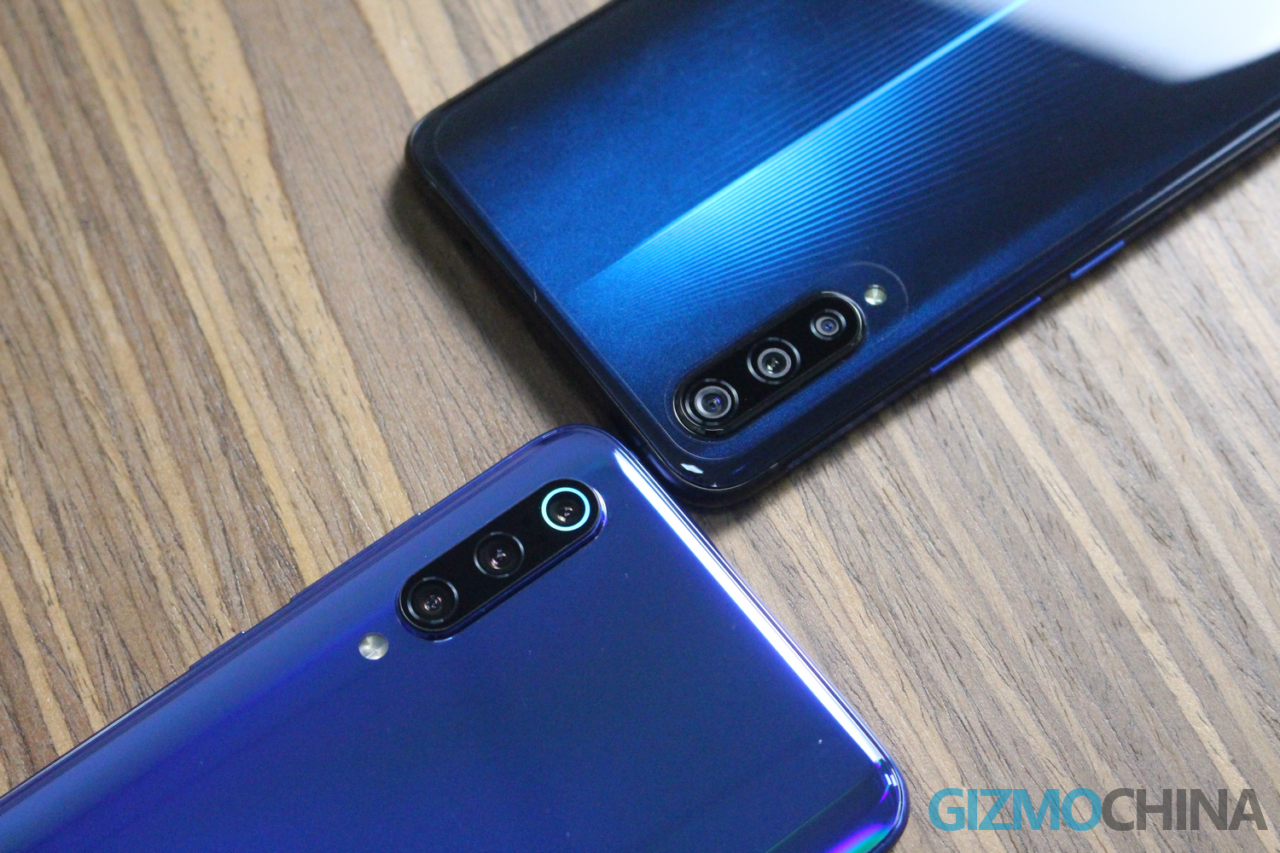The smartphone landscape is ever changing. Things that were relevant a few years back, may not necessarily be important today. Xiaomi was once the king of value for money smartphones. While it still is, it no longer enjoys the kind of dominance that it did a couple of years back.
There are new players that threaten its near monopoly over affordable smartphones. And the threat comes directly from its fellow Chinese competitor, Vivo, by the way of its brand new smartphone, the Vivo iQOO.
Both OPPO and Vivo have focused on the retail market in the past couple of years. So, when Xiaomi decided to grab a chunk of the offline market, both Vivo and OPPO had to do something about it. The answer from Vivo came in the form of the Vivo iQOO, its first smartphone in the iQOO series that infiltrates Xiaomi’s home turf. Taking on the Xiaomi Mi 9 was never going to be easy, given that it offers amazing value for money. But iQOO does really well to threaten Mi 9’s position, and I dare to say that it might actually be better than the Xiaomi flagship.
Both Vivo iQOO and Xiaomi Mi 9 offer tremendous value for money. Both start at 2999 Yuan (~447) for its 6+128GB models and feature the flagship Snapdragon 855 processor inside. Both have a nearly similar display, 6.41-inch FHD+ SAMOLED on iQOO vs 6.39-inch FHD+ SAMOLED on Mi 9. Both skip a physical fingerprint sensor, in favor of a screen fingerprint sensor. In fact, both are similarly sized as well (157.69 x 75.2 x 8.52mm — Vivo iQOO vs Xiaomi Mi 9 — 157.5 x 74.67 x 7.61mm). Seeing these similarities, it might be a bit confusing for consumers to choose between the two.
Even in terms of their designs, there are a handful of similarities. For example, both the models come with a waterdrop display and a triple camera (arranged vertically) setup at the back. The camera setup on the iQOO is more flush with the back, with a slight bump. On the other hand, the Mi 9 (our hands-on here!) has a pretty significant camera bump, mainly because it’s thinner than the former. But in terms of the back design, I prefer the Mi 9 over iQOO as personally, I feel, it looks a lot more premium. On the other hand, the thing that goes in iQOO’s favor (our hands-on here!) is its textured lines under the glass and the Halo LED strip, making it stand out.
Overall, if I had to pick between Vivo iQOO vs Xiaomi Mi 9, I would go with iQOO. And it boils down to a couple of big differences between the two models.
- Vivo iQOO has a significantly large battery on board, a 4000mAh capacity battery pack instead of an average 3300mAh battery on the Mi 9. Further, the 8+128GB model comes with a 44W fast charging power brick. That would top up my large battery way quicker than what’s provided with the Mi 9 — an 18W charger. Yes, I know the Mi 9 supports up to 27W fast charging, but for that, I would have to buy a supported charger separately.
- On paper, Mi 9’s 48MP+12MP+16MP setup looks superior to Vivo’s 12MP+13MP+2MP. However, I have checked out the cameras of both the phones and the real-life performance has a few surprises. We will bring a detailed iQOO vs Mi 9 camera comparison in the next couple of days, but to sum it up, the iQOO has a few advantages in the camera department, especially when the lighting goes down. Mi 9 did turn out to be better in some cases, but personally, I have come to like iQOO’s camera better than the Mi 9, for reasons which I’ll explain in the camera comparison article later.
- Another thing that goes in favor of the iQOO is that its screen fingerprint sensor is slightly faster than the Mi 9’s sensor. This was a surprise for me given that Xiaomi claims its sensor is quite fast.
- Things like Halo LED light, Virtual buttons and Gamespace with linear motors for feedback are exciting features for a gamer. Personally, I’m not a big gamer, but these features set the iQOO apart from the Mi 9. If you are a big gamer yourself, then the iQOO definitely looks more enticing.
Vivo iQOO vs Xiaomi Mi 9 screen fingerprint speed
Well, I explained why I would personally pick Vivo iQOO vs Mi 9, but to be fair, I’ll post a couple of things that go in favor of the Mi 9.
- One of the big features missing from iQOO is Wireless Charging. And this is where Xiaomi Mi 9 does exceptionally well, thanks to its support for 20W Wireless Charging.
- MIUI 10 will look and feel better than Funtouch OS on the Vivo iQOO for most users. Not to mention the tremendous support for its platform.
- Xiaomi Mi 9’s camera has a bunch of tricks up its sleeve like 48MP super high-resolution mode and even a moon mode (added via a new update). As I said, the camera on the phone isn’t bad, and if you prefer these special modes, then it’s worth considering the Mi 9. By the way, the 48MP mode on the phone definitely captures more details than regular smartphones, but the resulting file is pretty large — close to around 20Mb.
- And last, as I mentioned above, the Mi 9 does look quite premium in its design. I’m sure a lot of people prefer its design over the iQOO.
For me, the absence of a Wireless Charging is not a deal breaker. I would have definitely preferred MIUI over Funtouch OS but then I like iQOO’s raw camera and the large battery that tops up quickly. These reasons are good enough for me to lean towards the 8+128GB variant of the Vivo iQOO vs Xiaomi Mi9 since they are priced exactly the same (3299 Yuan ~ $495).
What’s your take? Which one would you personally pick?








